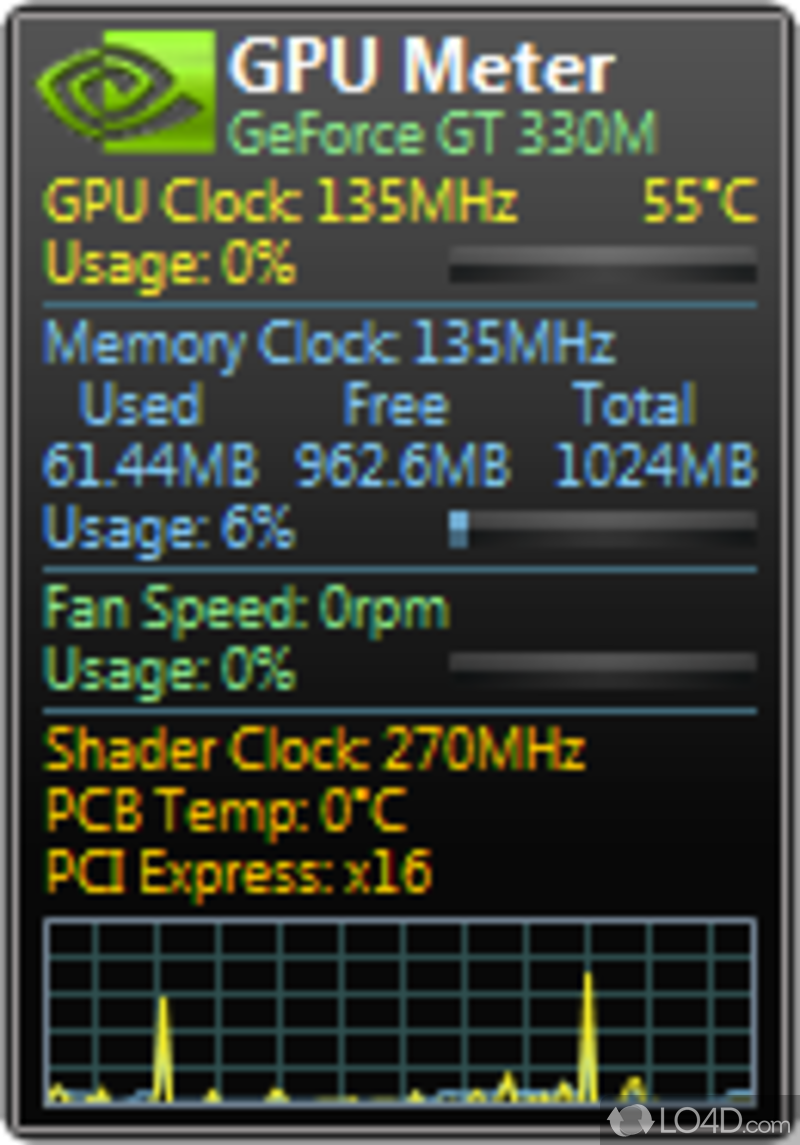

The “Shared GPU Memory” column shows how much memory an application is currently using for video features out of the computer’s normal system RAM. Windows also allows applications to store some data in the system’s normal DRAM memory. This shows how much of that reserved memory the application is using. If you have integrated graphics, a portion of your normal system RAM is reserved exclusively for your graphics hardware. If your PC has a discrete NVIDIA or AMD graphics card, this is how much of its VRAM-that is, the physical memory on your graphics card-the application is using. The “Dedicated GPU Memory” column shows how much memory an application is using on your GPU. The first two are also available on the Processes tab, but the latter two memory options are only available in the Details pane. Scroll down and enable the “GPU,” “GPU Engine,” “Dedicated GPU Memory,” and “Shared GPU Memory” columns. On the Details tab, right-click any column header, and then click the “Select Columns” option. If you’re curious how much video memory an application is using, you’ll have to switch over to the Details tab in Task Manager.

How to View an Application’s Video Memory Usage You can identify which GPU corresponds to a particular number by checking the Performance tab, which we’ll talk about in the next section. This shows you both which physical GPU an application is using and which engine it’s using-for example, whether it’s using the 3D engine or the video decode engine. The GPU Engine column displays each application is using.


 0 kommentar(er)
0 kommentar(er)
